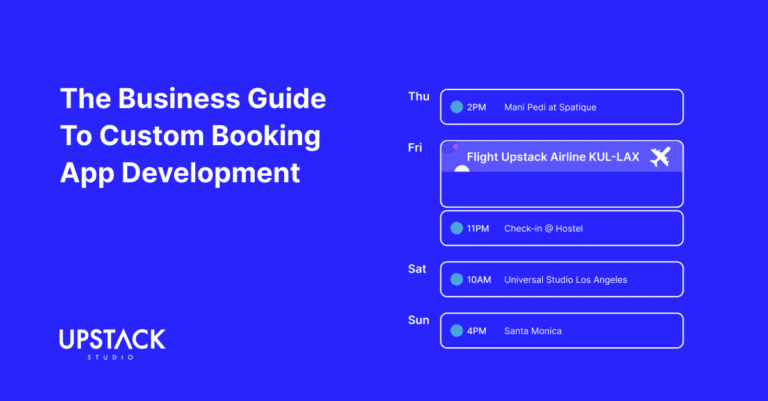Dollars and Cents of App Development
In choosing native or cross-platform app development, there are many factors to consider.
However, the most significant factor will always be development costs.

This guide will focus exclusively on comparing the costs of developing native versus cross-platform apps, helping you choose the most cost-effective solution for your project.
Estimating App Development Costs
The basic formula for calculating development costs is relatively simple: developer hours multiplied by the developer’s hourly rate.
The total development time in turn depends mainly on the complexity of the app–the more complex the app, the more developer hours are needed.
Below is a table that illustrates the typical cost ranges for apps based on their complexity.
| App Type | Description | Example | Cost Range |
| Simple | Basic functionality with limited features | Flashlight app | $8,000 to $25,000 |
| Medium | Apps with more advanced functionality | Social media app | $25,000 to $50,000 |
| Complex | Apps with advanced features | Video conference app | Over $50,000 |
These ranges represent the costs for developing a single codebase — a crucial point when comparing native and cross-platform development.
Estimating Cost Difference of Native vs Cross-Platform
A cross-platform and native codebase require roughly the same number of hours to build, and the hourly rates for developers are typically the same regardless of the development approach.

In short, the cost difference between one native and one cross-platform codebase is negligible.
The main difference between the two is that cross-platform development allows you to deploy a single codebase across multiple platforms (iOS and Android), while native development requires building separate codebases for each platform.
Here’s how this affects the overall cost.
Native vs Cross-Platform Development Time and Cost
| Development Approach | 1 Platform | 2 Platforms | 3 Platforms |
| Native Development | 100 hours | 200 hours (x2) | 300 hours (x3) |
| Cross-Platform Development | 100 hours | 100 hours | 100 hours |
As shown in the table, native development doubles and triples costs with every new platform.
Cross-platform development, however, keeps the development time and cost the same regardless of how many platforms you target.
Going by this alone, you’d think native app development is obsolete!
But there are times where going native is simply unavoidable.
When Native App Development Is Unavoidable
When an app requires high-performance features or relies heavily on the platform’s unique capabilities, it’s best to go native.

Here are a few scenarios where native development is recommended:
- Performance Demands: If the app requires complex animations, high-quality graphics, or real-time features like gaming or AR/VR.
- Access to Device-Specific Features: Certain platform-specific features like advanced camera controls, hardware integrations, or specific system-level functionalities.
- User Experience (UX): When the design and user experience need to align with each platform’s native guidelines (iOS Human Interface Guidelines or Android Material Design),
It’s not really possible to list every specific scenario where native development is required.
To assess your app’s requirements, get in touch with a developer for advice on whether native development is necessary, or if a cross-platform approach will suffice.
Heck, it might need neither–a simple PWA may be enough after all!
If you’re looking to build a mobile application, check out our portfolio of past projects and contact us if you like what you see. Also, consider joining our mailing list for a one-stop resource on everything from micro-SaaS validation all the way to execution and promotion. Get a nifty list of questions to ask app developers when you sign up!
App Developer Interview Questions Template
Download this template now so you know exactly what to ask App Development Agencies! Let us know where should we send it through the form below.



